In the next few days, expect to be hit with a plethora of statistics and studies, soundbites and social media posts about plastic – because talks to finalise and agree on a Global Plastics Treaty are underway in Geneva, Switzerland.
“Plastics are a grave, growing, and under-recognised danger to human and planetary health,” noted experts writing for The Lancet journal on Monday August 4th. “Plastics cause disease and death from infancy to old age and are responsible for health-related economic losses exceeding $1·5 trillion annually.”
The review also noted that plastic pollution has in fact worsened – 8,000Mt of the materials now pollute the planet. In the UK alone, the largest plastic waste survey by Greenpeace found that 1.7bn pieces of plastic packaging are thrown away by households every single week.
The fact is that production of plastic continues to accelerate; the promising initial strides towards using more recycled rather than virgin plastic in everything from drinks bottles to yoghurt pots have turned into a bit of a wobble.
Indeed, consider the performance of some of the world’s largest plastic-consuming companies – including those spanning the food system, like McDonald’s and Starbucks, Mars, PepsiCo and Nestlé – and it is clear to see that despite improvements to recyclability and, in some cases initially at least, integration of that recycled ‘content’, actually reducing your plastic footprint is far, far more challenging and complicated.
“For anyone paying attention, the writing had been on the wall since at least 2020, when the excitement of having the world’s largest brands sign up to the EMF’s [Ellen MacArthur Foundation’s] plastic pledge had died down,” writes Saabira Chaudhuri, in her book Consumed: how big brands got us hooked on plastic. “The realities of needing to deliver had sunk in,” explains the Wall Street Journal writer who has reported on plastics from across the globe.
There was much hype around the plastic pledges companies made, including UK businesses through the Plastics Pact led by the charity Wrap. However, companies soon began to drift away and lose interest, quietly quitting. Others focused on the easier targets. There was some progress but early on the excuses started coming and those involved started to blame a lack of government regulations as the wheels came off. They had a point but whether they really cared or not remains moot.
Plastic profit
From supermarkets to fast food, drinks manufacturers to coffee brands, companies have, according to Chaudhuri, “harnessed single-use plastics to turbo-charge their profits”.
That’s unfair: because some food companies have also used paper-based packaging to do the same, using the ire focused on plastic to promote ‘non plastic’ single-use packaging as some kind of saviour to the environmental and health crises we are facing from our take-make-waste approach.
And it’s working. A survey just published by McKinsey, the global consultancy, showed paper and cardboard are seen as the most sustainable packaging options by people here in the UK. Glass is next, followed by aluminium cans. Much further back are PET plastic bottles, which can actually be easily and pretty efficiently recycled back into bottles.
Reusable bottles would be better, of course, and a considerable shortfall of the plastic agreements signed by companies was the lack of incentive to invest in reuse and refill options (despite the trials you have probably read about going on in supermarkets the amount of reusable packaging used by most companies remains at or very close to 0%).
The McKinsey research also showed that laminated packaging is among the least sustainable options, according to citizens. The trouble is we don’t always know what has been laminated and what hasn’t. Companies will promote ‘plastic-free’ or ‘paper’ packaging despite there being plastic present (some are also using alternative liners to stop the paper turning to mush, but remain extremely coy about what these consist of, not to mention what might be leaking into our food or drink as a result).
Those with a vested interest in maintaining the single-use status quo have shifted to paper almost without a thought. “You can’t just put everything in paper and say the world is a better place,” Shane Monkman, a consultant and previously head of procurement at Asda, told me a couple of years ago.
That was for a report which detailed how, away from the tangled turtles and plastic-filled seas, the insatiable demand for paper packaging was forcing more trees to be felled – three billion are needed just to meet current global packaging demand each year, according to the Environmental Paper Network, an NGO pushing for sustainability in the paper chain.
Unfortunately, they couldn’t push hard enough as ambitious regulations to unhook Europe from disposable packaging were successfully derailed by furious lobbying from those with a vested interest in single-use paper packaging – including McDonald’s. The focus of the rule-makers and regulators remained on plastic.
It is plastic that will be in the spotlight as those treaty talks take place. Expect the chemicals in plastic to be a high profile topic, too. As those experts wiring for The Lancet noted: “During negotiations [on the treaty] a diverse group of UN member states, including the members of the High Ambition Coalition to End Plastic Pollution [which includes the UK], have supported the protection of human health as a treaty objective. At the time of writing, more than 100 UN member states have supported setting global targets for reducing the production of primary plastic polymers to sustainable levels, with even more calling for the phasing out of the most harmful plastic products and plastic chemicals.”
Friday night takeaway
An ambitious agreement to curb production and pollution, and ensure the plastic we do use is sustainable and safe, is essential. But as countries hopefully put pen to paper next week, let’s not forget that it’s all single-use packaging that we need to be tackling. There are, for example, chemicals lurking in your seemingly planet-friendly cardboard pizza boxes too.


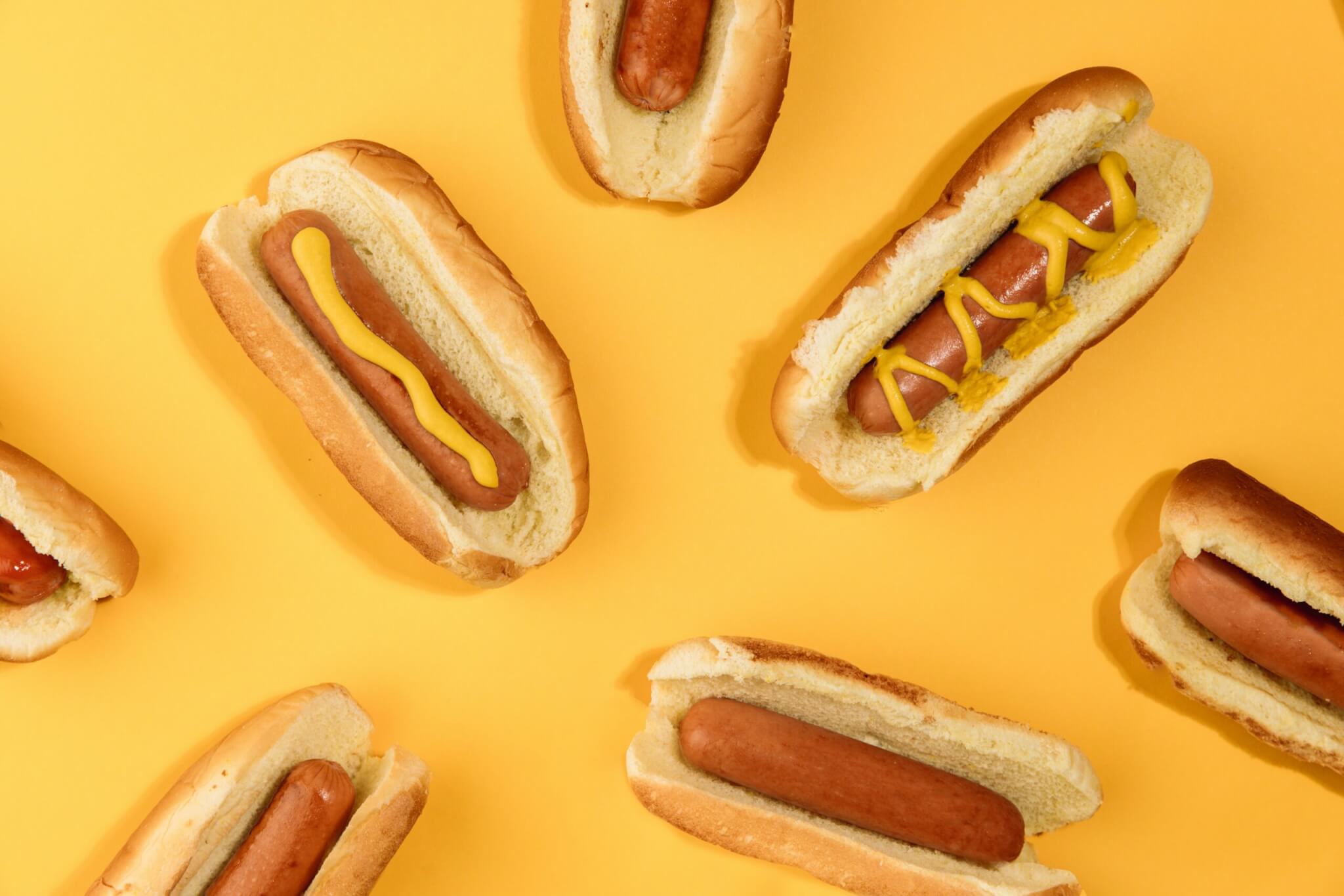



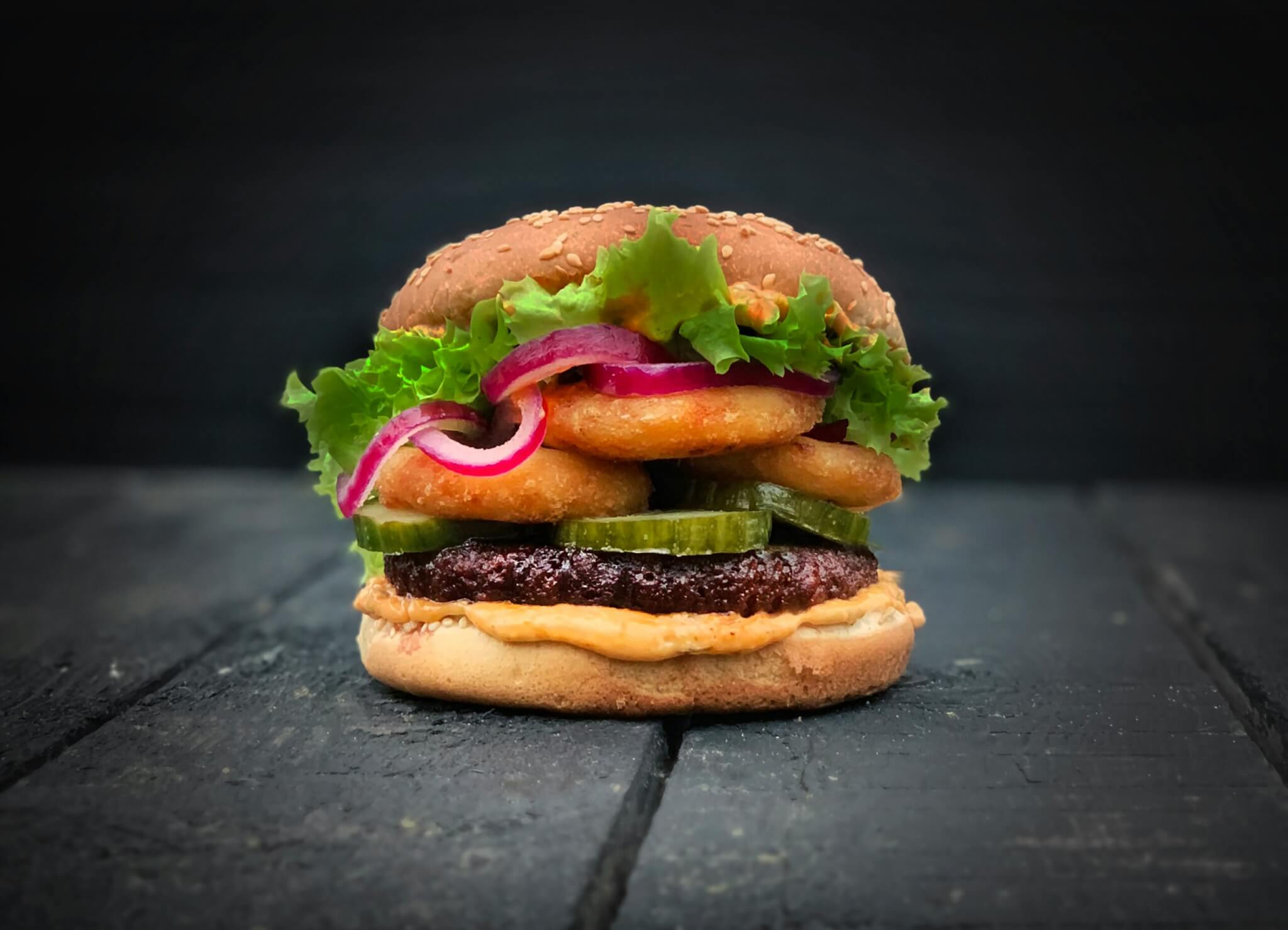


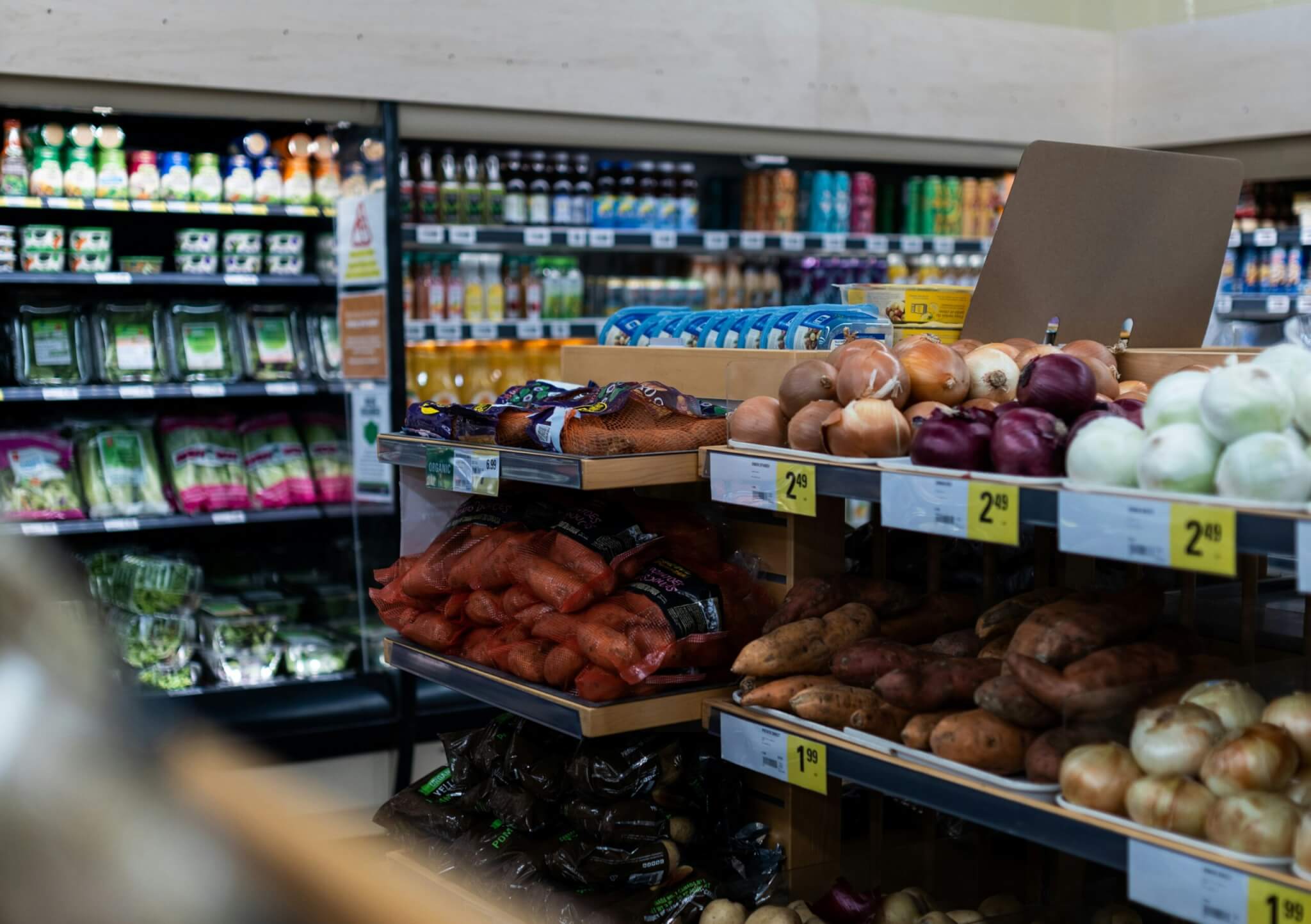

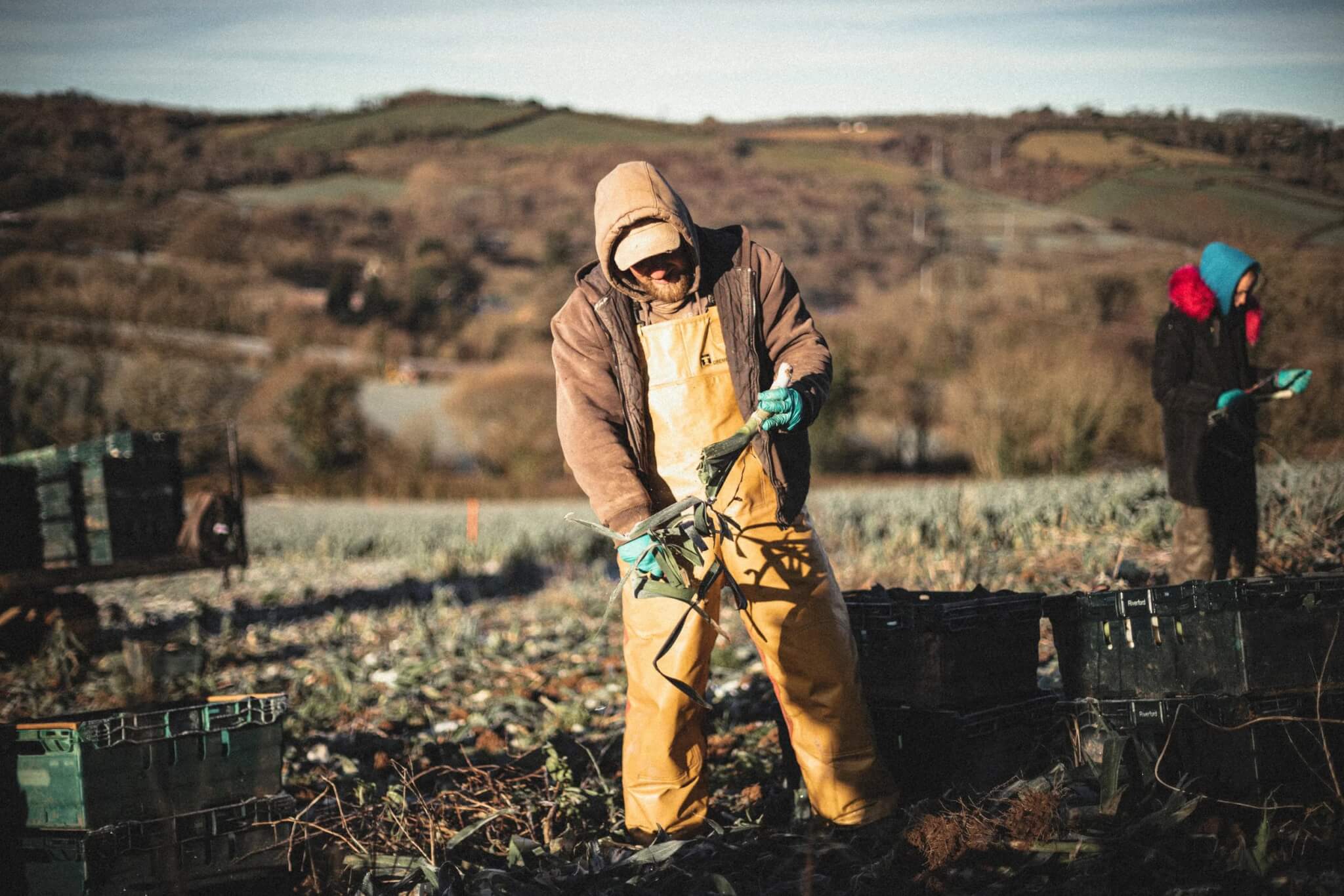
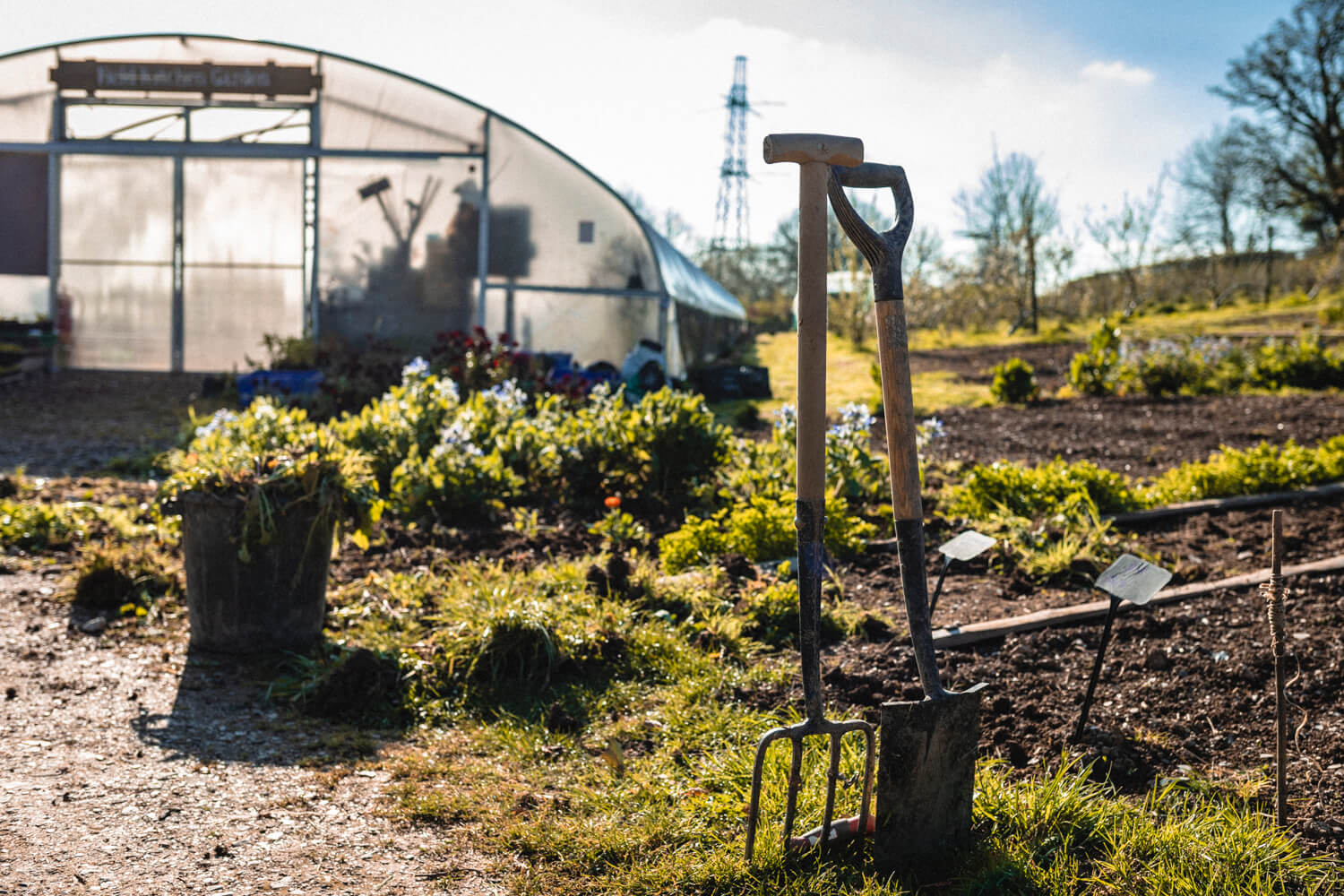
Great article, succinct, also funny (“extremely coy” what a great way of putting it). I tend to think the only way we will ever reduce use of convenient, cost-effective packaging is with regulation and removal of choice, which will be uncomfortable.
Lots of non-petroleum-based plastics under development. The demand for more sustainable options is there; these projects just need to be scaled up.